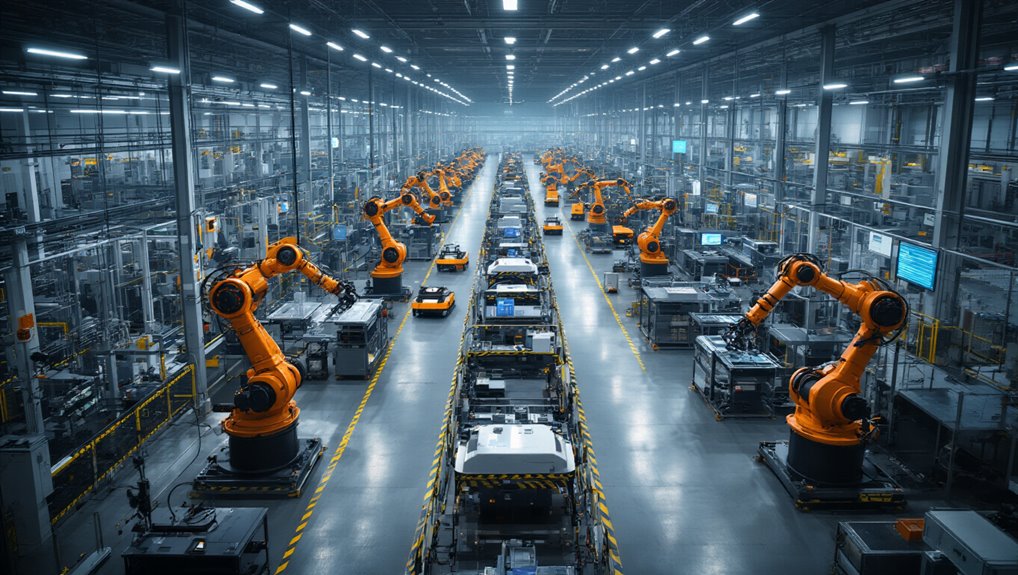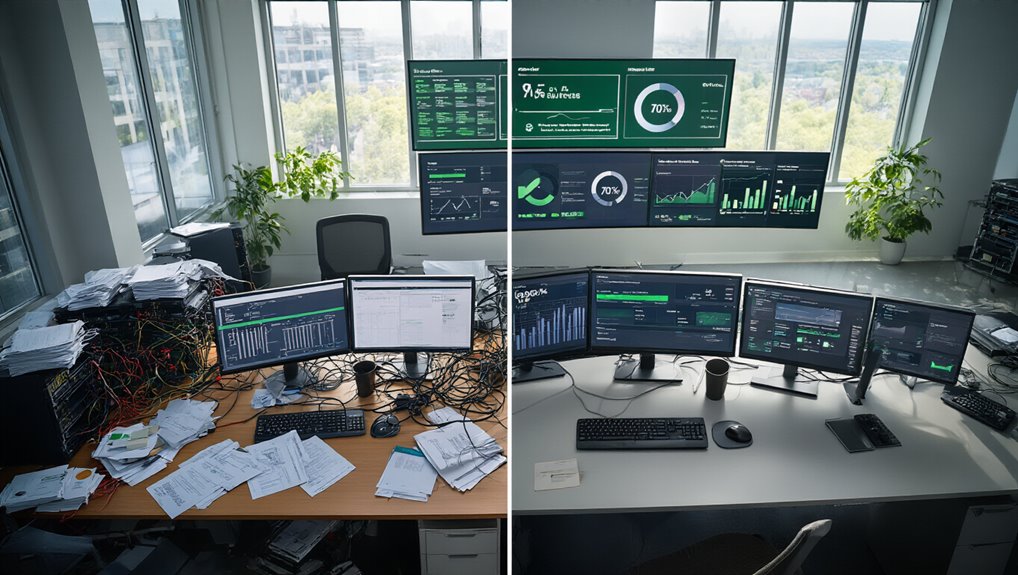While American manufacturing continues to advance technologically, a severe talent shortage threatens to undermine this progress and the sector’s economic contribution. With projections indicating 3.8 million manufacturing jobs will need filling by 2033, and nearly half expected to remain vacant due to skill gaps, the industry faces a critical workforce deficit. This shortage doesn’t merely impact production capacity; it threatens economic stability and national security while hampering innovation and productivity.
The talent crisis stems from multiple factors. Cultural preferences favor four-year college degrees over technical training, creating a diminished pipeline of skilled workers. This educational trend is evident in statistics: only 7.9% of U.S. degrees are in engineering, compared to China’s 32.8% and Germany’s 23.3%. Additionally, apprenticeship participation remains below 5% among American youth aged 18-24, while Germany achieves approximately 50%. The decline of technical education programs in high schools has further contributed to the talent shortage in manufacturing.
America’s talent pipeline is running dry as we choose college degrees over technical skills, unlike our global competitors.
Federal funding exacerbates this disparity, directing over $160 billion to traditional education but only hundreds of millions toward apprenticeship programs.
Recent labor market data shows momentary balance between unemployed workers and manufacturing job openings, yet long-term challenges persist. Despite offering average annual earnings exceeding $102,000, the manufacturing sector struggles to attract sufficient talent. Companies might consider IT outsourcing as a strategic solution to bridge technical skills gaps while focusing internal resources on core manufacturing operations. Compensation pressure continues with the manufacturing employment cost index rising 3.8% year-over-year. The sector particularly struggles to fill positions requiring combined technical, digital, and soft skills.
This talent shortage, however, may accelerate digital transformation. As companies face difficulty hiring skilled workers, they’re increasingly adopting automation and digital technologies. Industry 4.0 initiatives demand workers with expertise in both advanced manufacturing and digital technologies.
The most successful organizations will leverage digital innovation to address talent shortages through:
- Implementing user-friendly digital interfaces that reduce training time
- Adopting technologies that augment existing worker capabilities
- Creating digital workflows that enhance productivity with minimal learning curves
Companies that fail to address these talent-technology synergies risk falling behind more agile competitors. Those that successfully navigate this transformation will emerge stronger, more productive, and better positioned for future manufacturing challenges.









